Energy Storage System
Second Life EV Battery
Where sustainability is prolonged
At the heart of an Electric Vehicle (EV) is the battery pack that provides the energy needed to deliver the driving performance. Over time, the battery performance will degrade and needs to be replaced.
Instead of directly recycling the “retired batteries”, BMW is taking a step forward in ensuring sustainability of the e-mobility solution in Malaysia.
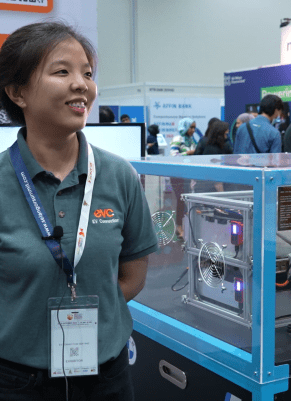
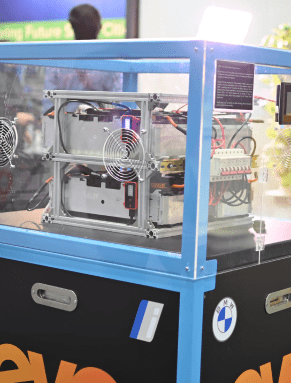
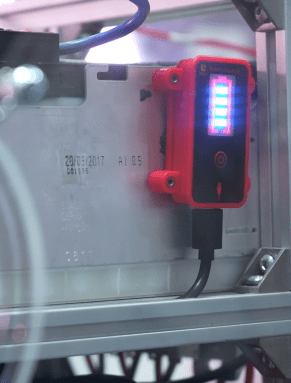
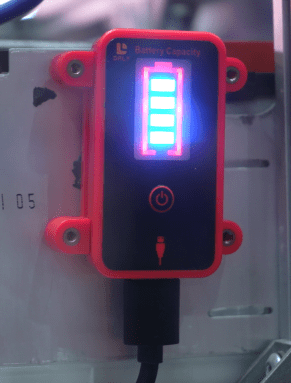
What can it be used for?
BMW is partnering with EV Connection to repurpose the EV batteries for less stringent applications, such as stationary Energy Storage System (ESS). The retired batteries will go through a series of characterization tests, before being packaged into an “Energy Cube” shown here.
One “Energy Cube” can deliver up to 6kWh of energy, which is enough to power a small home for one day.
The Intention
EVC envisioned that energy storage technologies will be an important piece of puzzle to ensure a sustainable development of electric mobility.
Issue#1
An increase in charging of EV will impose higher stress on the existing electricity delivery infrastructure, forming bottlenecks that can hamper the development of EV charging infrastructure and slow down EV adoption.
This issue can be mitigated with the deployment of grid-support Energy Storage Systems (ESS) at strategic locations, where sudden surge of power due to EV charging can be provided by the ESS to relieve the stress on the electrical grid.
This issue can be mitigated with the deployment of grid-support Energy Storage Systems (ESS) at strategic locations, where sudden surge of power due to EV charging can be provided by the ESS to relieve the stress on the electrical grid.
Issue#2
Proliferation of EV in the market will eventually lead to the increase in end-of-life EV batteries, which need to be disposed of as scheduled waste.
Through our in-house Research and Development (RnD) team, EV Connection provides energy storage solutions to address the two issues above.
Through our in-house Research and Development (RnD) team, EV Connection provides energy storage solutions to address the two issues above.
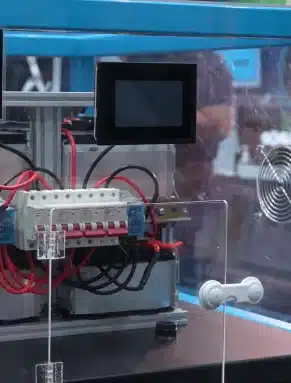
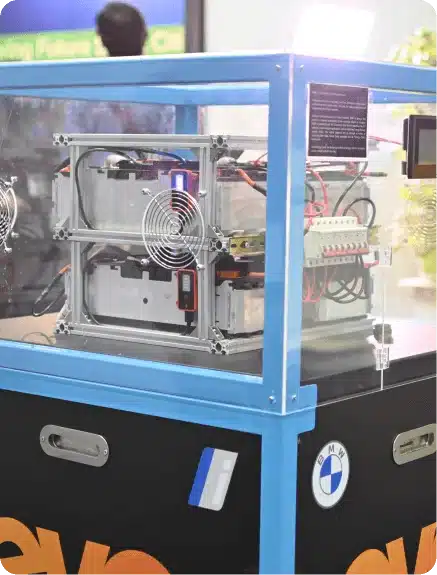
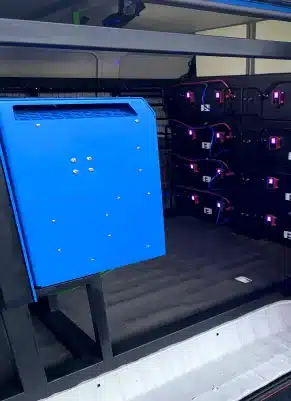
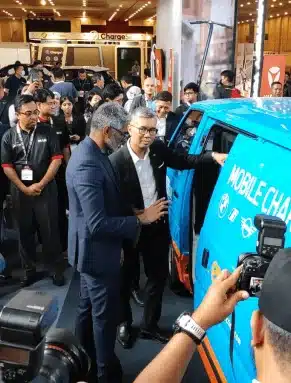
The Future Solution
The development of grid-supported energy storage solutions together with Nano Malaysia Berhad (NMB) and Gentari is expected to support the roll out of EV chargers at locations where power constraints exist.
In 2021, EVC partnered with BMW to provide second-life battery solutions for their used EV batteries. Through the second-life EV battery program, the drained EV batteries will be evaluated and repackaged for less demanding stationary energy storage solutions that can be deployed for grid support.
Ultimately, this extends the lifespan of the EV batteries and reduces the environmental impact as EV adoption rate continues to rise.
